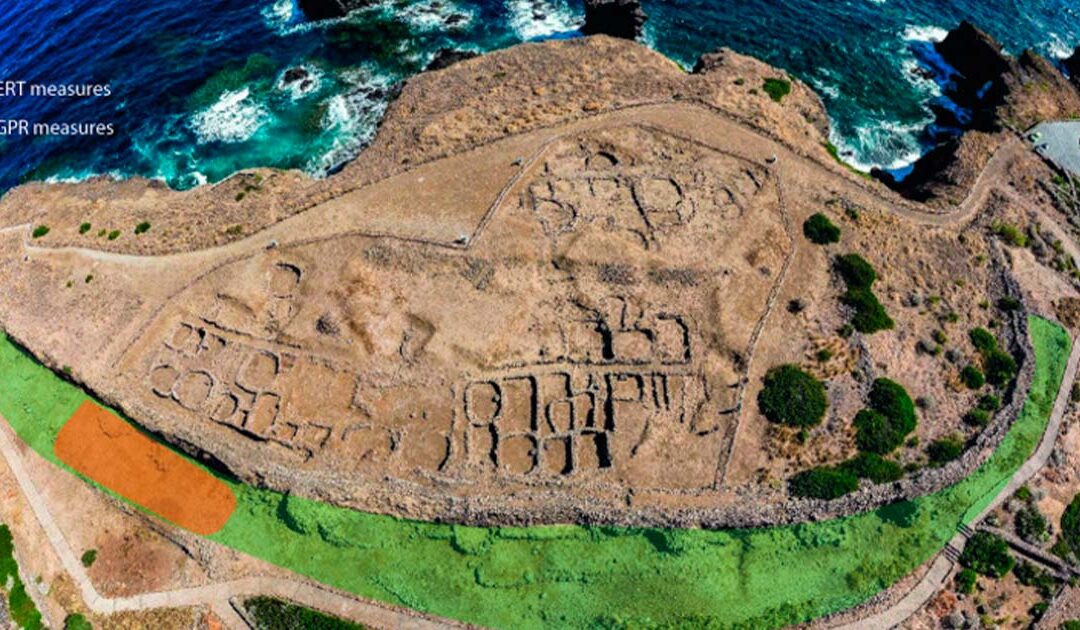Archaeologists exploring the ancient remains of a village on Ustica Island in the Tyrrhenian Sea, north of Sicily, have found fascinating details about how people in the Middle Bronze Age built a complex defense system. The village, known as Faraglioni Village, has been under investigation for 50 years, but recent ground-penetrating technologies uncovered new insights into the construction of its elaborate fortifications.
Faraglioni Village was a well-preserved settlement thriving between 1400 and 1200 BC. The inhabitants built a massive stone wall, 820 feet long and 13 to 16 feet high, to protect the community from potential attacks. The recent study, led by Italy’s National Institute of Geophysics and Volcanology, focused on the hidden fortification system, which included not only above-ground structures but also intriguing underground features.
Using non-invasive techniques like Electrical Resistivity Tomography (ERT) and Ground Penetrating Radar (GPR), the researchers discovered buried foundations of an additional fortification system. This secondary defense, called an antemural structure, was a stone wall deeply rooted in the ground in front of the main wall, enhancing the village’s security. The findings surprised scientists and opened new possibilities for understanding the defensive complexity of the ancient settlement.
Ustica Island, though tiny at just three miles wide, played a significant role during the Bronze Age, attracting settlers from Sicily and Phoenicians from the eastern Mediterranean. Faraglioni Village, perched on a bluff overlooking the Tyrrhenian Sea, required a strategic defense due to its vulnerability from the landward side. The settlers constructed a long, sturdy wall reinforced with stone buttresses to protect against potential invaders.
Excavations since the 1970s have revealed over 300 stone houses and a rich collection of household items, providing insights into daily life during the Middle Bronze Age. The recent focus on the fortification system brings a new understanding of the settlement’s defensive strategies. The researchers, thrilled with their discoveries, express a commitment to further investigate and uncover more details about the construction and function of this ancient community’s defense system.

